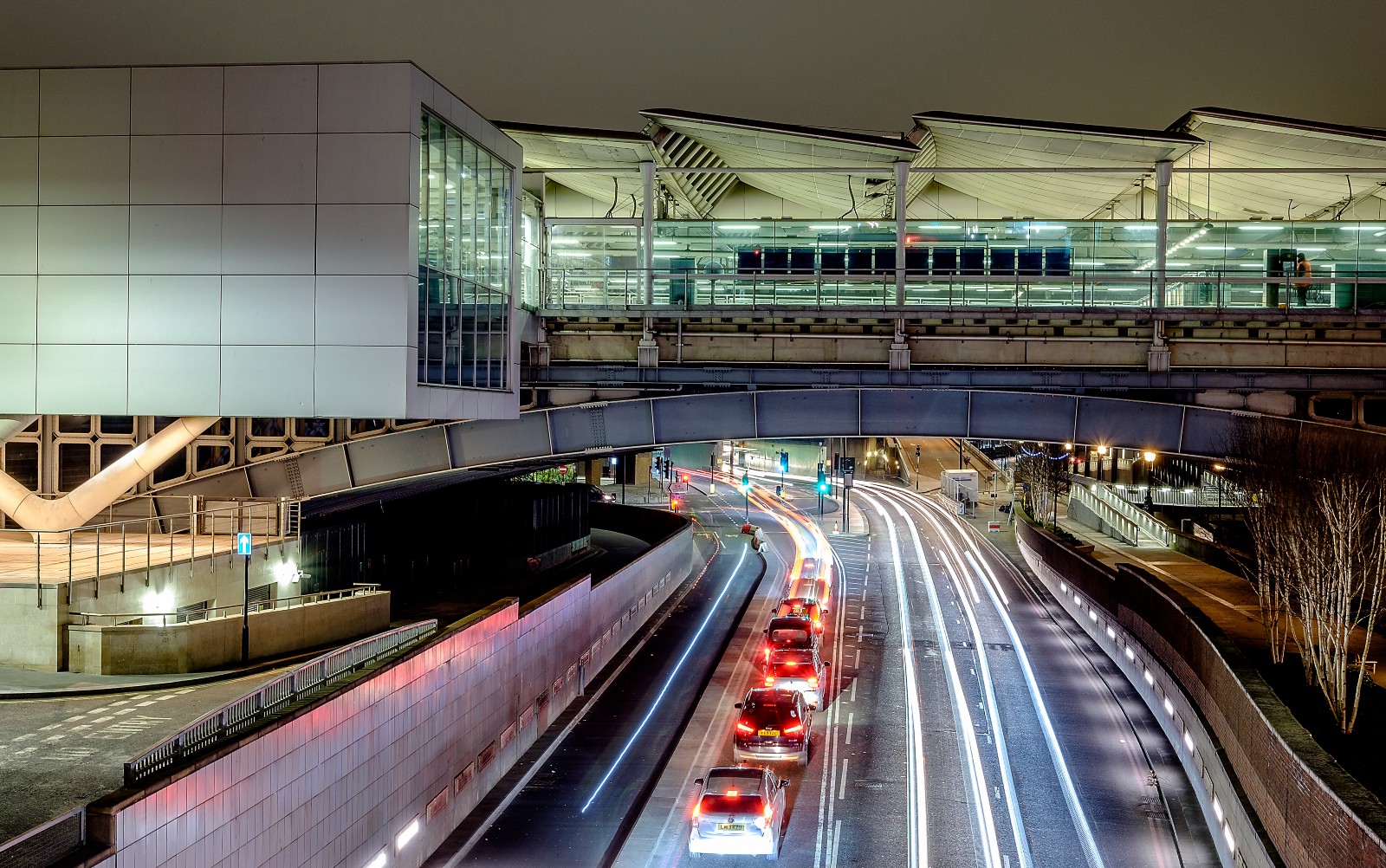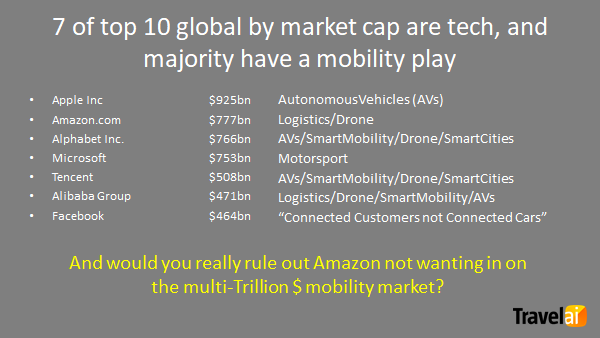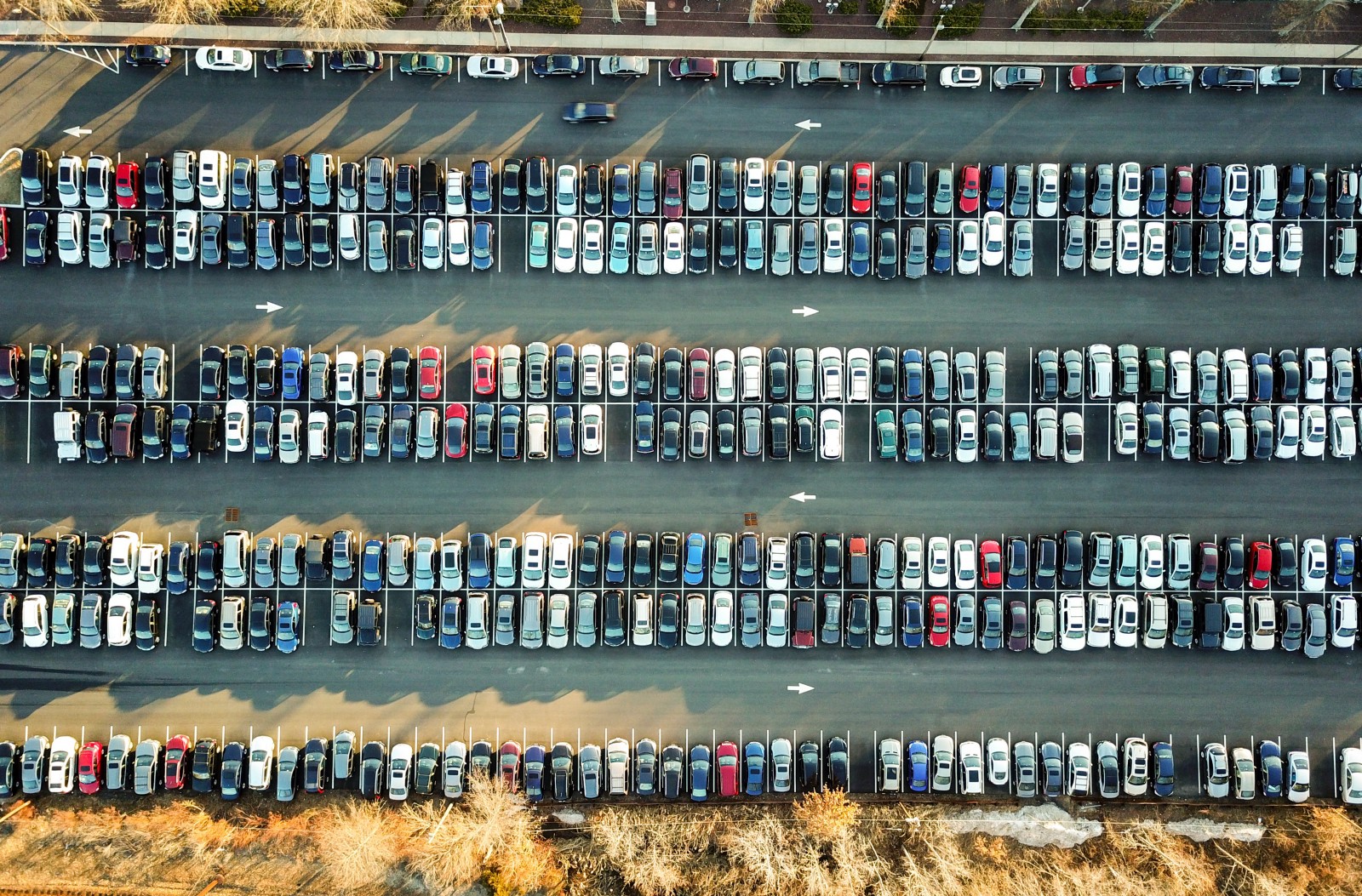
The Below is an article written by Zac and Pete from TravelAi, one of the companies on our current cohort. It looks into the future of transport systems and how MaaS products are a key focus for the tech giants.
https://medium.com/the-billion-journey-project/data-a-vision-of-villain-turned-hero-de71904fe745
What will our transport systems be like in the future — will it be a mind-bending whirlwind of flying cars? And what’s going to drive those changes? As a new, fast-moving company bringing digitisation into the transport sector, we are often asked these kinds of questions. And we’ve been lucky enough to meet and hear the views of some of the most innovative companies, entrepreneurs and transport professionals who are driving change as well as established organisations that have been delivering transport for decades. So, with that in mind let’s take a short jump into the future from 2018…

A very possible view of the future
It’s 2025 and Mobility-as-a-Service (aka MaaS) has grown to be the £900bnglobal market that 2016 forecasts had foretold. This has been made possible by rideshare, carshare, public transit, scooter and bikeshare bundles that mirror mobile contracts with their minutes, texts and data.
Carefully optimised Autonomous Vehicle (AVs) fleets have reduced congestion, operating with minimal dwell times by predicting demand from individual consumer transportation profiles, and seamlessly meshed with public transit usage.
Every service and MaaS bundle is modelled on customer transport data profiles gathered over years to ensure these new mobility franchises have sustainable economics baked in. The idea that anyone would subsidise user acquisition as was the case a decade earlier is long dead.
Operational and scheduling data on the one hand, and customer behaviour data on the other have become the foundations of how all this value and service from mobility is unlocked and frictionless service delivery is the norm.
While this is tempered compared to what the sci-fi films would have us believe, even this vision might raise the eyebrows of those who know how long change traditionally takes in the transport sector. I happen to be an engineer by first degree, a petrol head, a greenie and a lover of technology, but until a team business trip to San Francisco this January I was a fully paid up sceptic of AVs. Yet witnessing fleets of AVs on public roads testing their tech in the bustling city centre every time we were at street level was nothing short of revelatory.
It totally reset mine and the team’s view of AVs from the airport car park pods back in the UK. Live commercial AV operations in 2021 in San Francisco are a very real possibility.
Today the wheels are already in motion
Back to 2018 and 7 of the top 10 most valuable global companies by market cap are tech.

Of them, 4 are explicitly involved in AVs, 3 are in drones, another 3 in Smart Mobility and 2 in logistics. With Facebook last year proclaiming, it’s about “connected customers not connected cars”. Notwithstanding e-commerce giant and data carnivore Amazon entering another trillion $ market. All have learnt to collect, use and covet data so they can serve their customers better and dominate respective markets. Yet it’s worth pointing out, in relative terms these are the incumbents.
Some of the disruptors and new tech mobility plays you might know, while others may surprise.
Uber and Didi Xiaoping are rideshare companies, the two biggest with +$50bn valuations each. They have shown how technology can disrupthistorically ‘safe’ sectors by bringing new frictionless services informed by data-driven consumer personalisation.
And in 2018 Uber and Didi also came out and shared their ambitions to enter the multi-modal transport space and even public transit. Already this year Uber bought an e-bike share company Jump for over $100m.
The automotive sector too is seeing great changes. Daimler, Ford, BMW and GM are particularly active examples of the car OEMs (aka automotive manufacturers) reinventing themselves as mobility players, by building or acquiring horizontals and tech know-how.
In acquiring these different horizontals, the ‘movers’ are adding to their vertical capability, while also (theoretically) getting new customers, data, brands, embedded assets and ready made transport services.
Meanwhile a proliferation of e-scooter companies have grabbed the first-last mile mind share. With one company (Bird) less than a year-old raising funds at over £750m valuation.
Contrast this with Go-Ahead and its impressive, hard-earned £3bn annual turnover, complimenting two horizontals, but who’s market cap of £665m is below some of the new loss-making barely year old entrants. This is a reflection of share price/valuation being forward looking, and a function of the growth prospects, defensibility and adaptability of any stock.
Recognising it’s about the movement of people and not just the assets
How we/consumers use transport is a bit like a sandwich. There the first/last mile that can be walking, biking or a road vehicle, with trains great for longer distance direct point to point travel. Bread, butter and lettuce hold the ham and cheese in the middle together. The eating experience is then how those components combine, and getting from A to B is also a mix of public and private legs that when seamless can provide an infinitely more satisfying experience.
The value of understanding the end-to-end experience should be a worthwhile quest. From one angle, transport is a series of silos that the commuter crosses, from another it’s a battle get to where they want to, as smoothly and cheaply as possible. This data should be sought because in the UK household spending on transport has been the #1 cost in 7 of the last 10 years.

And not all data is equal. Adverts that follow us, targeted news, e-commerce and social network metrics in an era of bots and fake accounts should not be the standard bearers.
Air and water quality, medical trials, sharing personal health data and lifestyle insights are much better examples of a public commons. Transport is special like the health service and part of the fabric of a well working economy (quality of life, household spend, moving goods and people). So why not engage and empower all its actors to show the value of joined up thinking? Where data is a currency and store of direct and indirect value. Fostering trust and a virtuous circle where successful case studies of data shaping operations and services, beget more willingness by consumers and service providers to work closer.
At TravelAi we generate data and customer insights that will allow operators today to build the consumer relationships and personalised transportation services of tomorrow. This is achieved by embedding our software library into any operator’s customer facing app. And as we’re working with transport companies to make transport systems better by collecting transport behaviour information — we also have context for the data collection and require permissions like location a typical transport app will already have. Not forgetting that we work with cities and transport policy makers too.
Our digitisation tools effectively create a hardware and CAPEX-free way of better understanding the needs of your customers and how they utilise both your own and competitor, private and public transit infrastructure to get from A to B. Allowing us to sit at the intersection of transport services, infrastructure and the citizen commuter, as ultimate stakeholder in all this.
Don’t get left on the platform…
The transport sector is undergoing changes unseen in 100 years, raising the risk that established participants are ill-prepared to meet the challenge of new technology-powered entrants. But those established organisations are actually in the stronger positions. It’s now up to them to grab hold of the levers offered by new technology and data sources to reconfigure their business around the needs of the customer, catalyse all that operational experience and get in the driver’s seat as the sector races to a customer-centric future.
If any of this feel relevant to you and your organisation, lets talk solutions and making transport work better for all involved.
Zac, Pete+TravelAi Team
www.travelai.info




